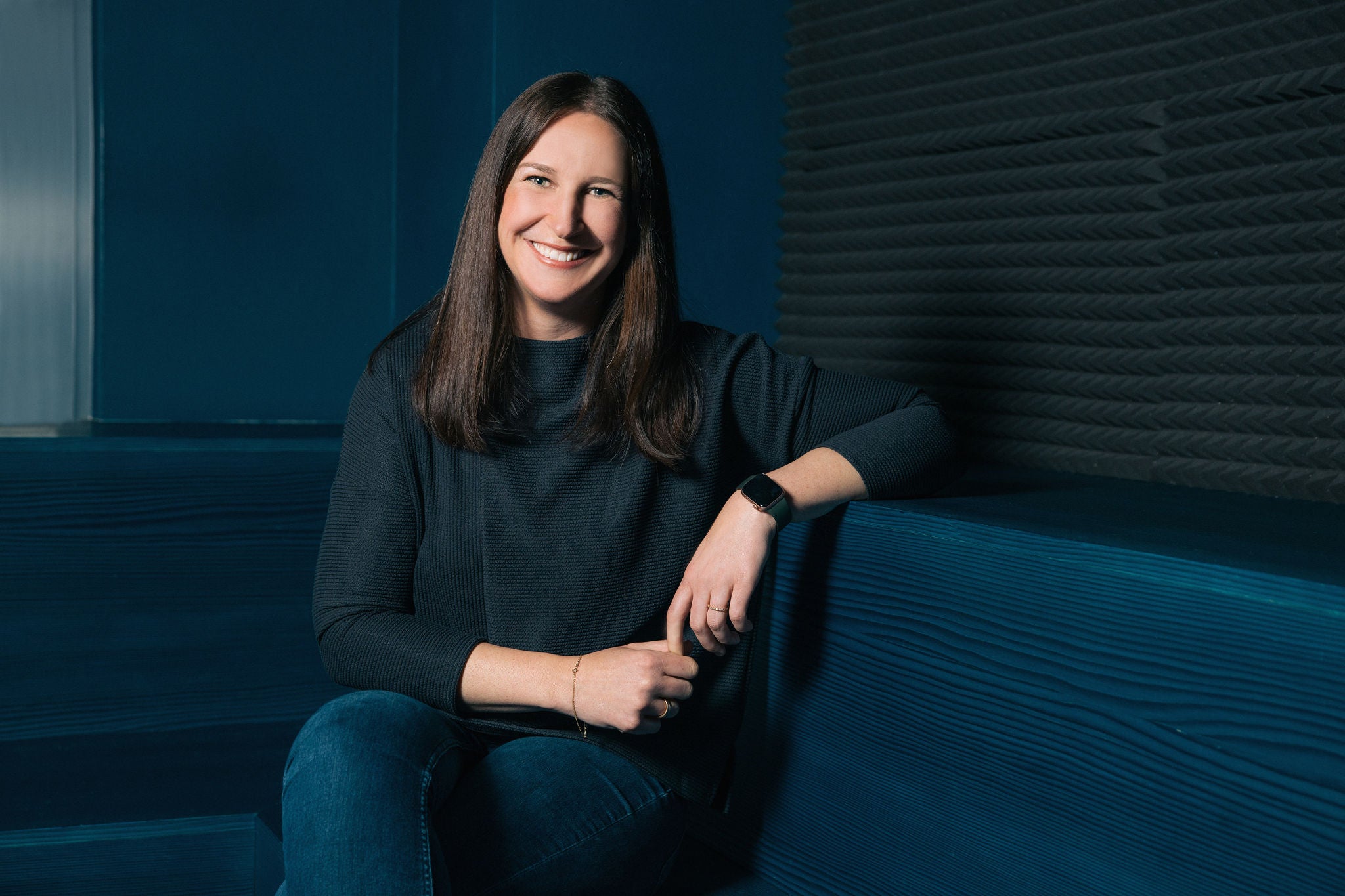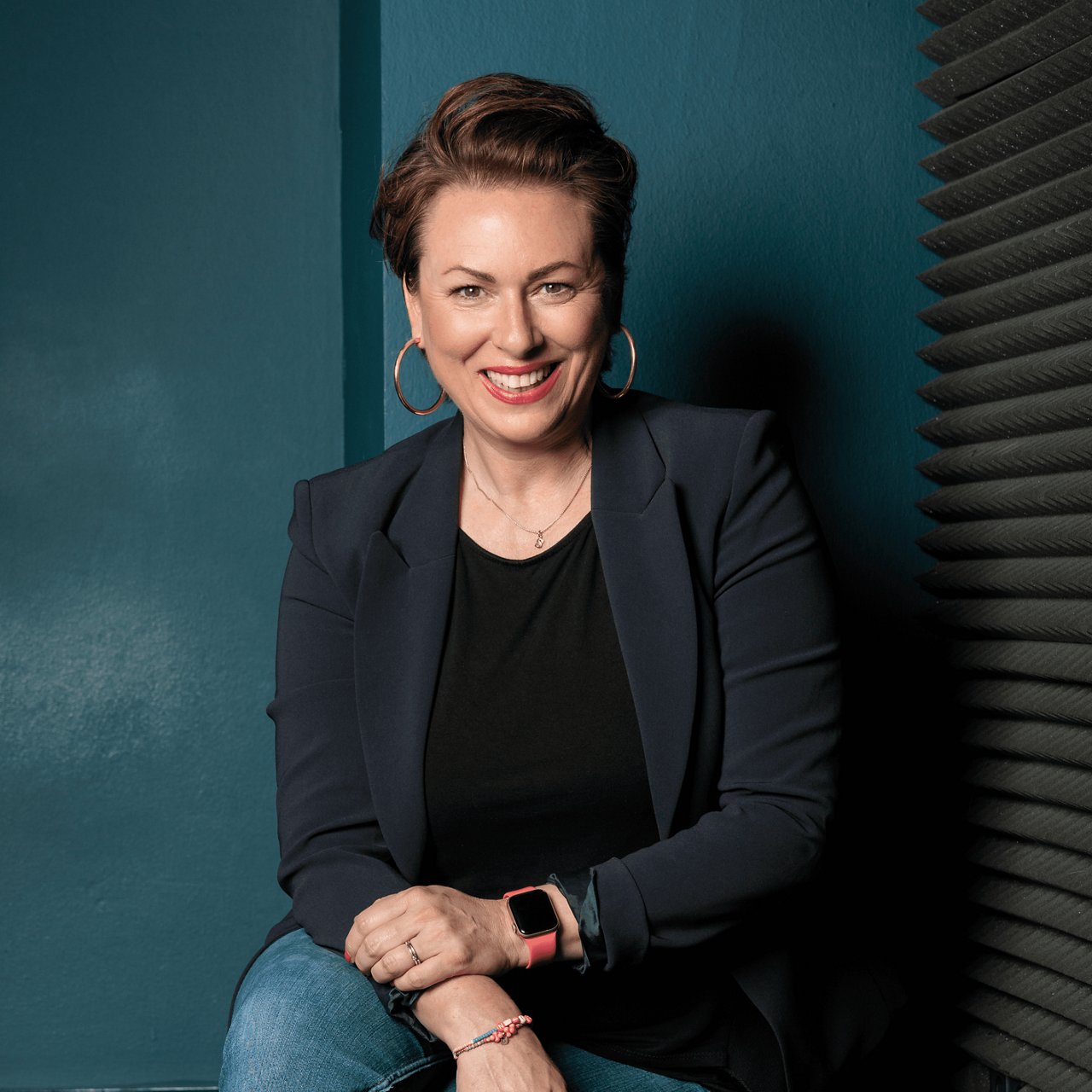Agency
Location
Industry
Motivate people with addiction to seek treatment
Challenge
After three decades, the Opioid Epidemic in the United States is worse than ever before: More than 6.1 million people suffer from opioid use disorder. Every 6 minutes, someone dies from an overdose. However, because some people rely on them for valid medical reasons, opioids will remain widely accessible. Also, every pill in the US comes with a mandatory unique imprint code, such as OP for oxycodone, IP33 for codeine, or C for fentanyl. These codes are often used as “street names” for the actual opioids.
For healthcare consultancy Anzen Health, founder of the 855-HOW-TO-QUIT-(OPIOIDS) initiative, this goes beyond a CSR measure, as the campaign in the end also directs public attention and potential clients to rehabilitation facilities, many of which are part of their client portfolio.
Turning the object of addiction into a way out
Solution
855-HOW-TO-QUIT. A helpline that reaches out to people in the most critical moment – when they have a pill in their hand. It turns the object of addiction into a way out, by using the mandatory imprint codes on opioid pills into phone extensions: codeine (IP33) is dialed as 4733, oxycodone (K9) as 59. The caller then hears the story of someone who managed to quit that very pill – live whenever the survivors’ availability allows, pre-recorded for 24/7 service. Followed by live advice from experts and concrete treatment options nearby.
In collaboration with NGOs and clinics, local prescription data was used to customize all communication to feature the most frequently used pill in that area. OOH ads were placed in contextually relevant spots, like near pharmacies and known meeting spots for people struggling with addiction. An emotional film brought the campaign to TV. On social media, influencers known to have quit opioids promoted the helpline to their millions of followers. A website offered all stories, more information, and resources.
Key Facts
Key Takeaways
#1
We not only promoted the helpline, but all the partners involved in the initiative.
#2
The helpline launched with a nationwide integrated campaign on contextual OOH, social, and film.
#3
Several healthcare companies, NGOs and other institutions have joined the coalition since the project’s launch.
















